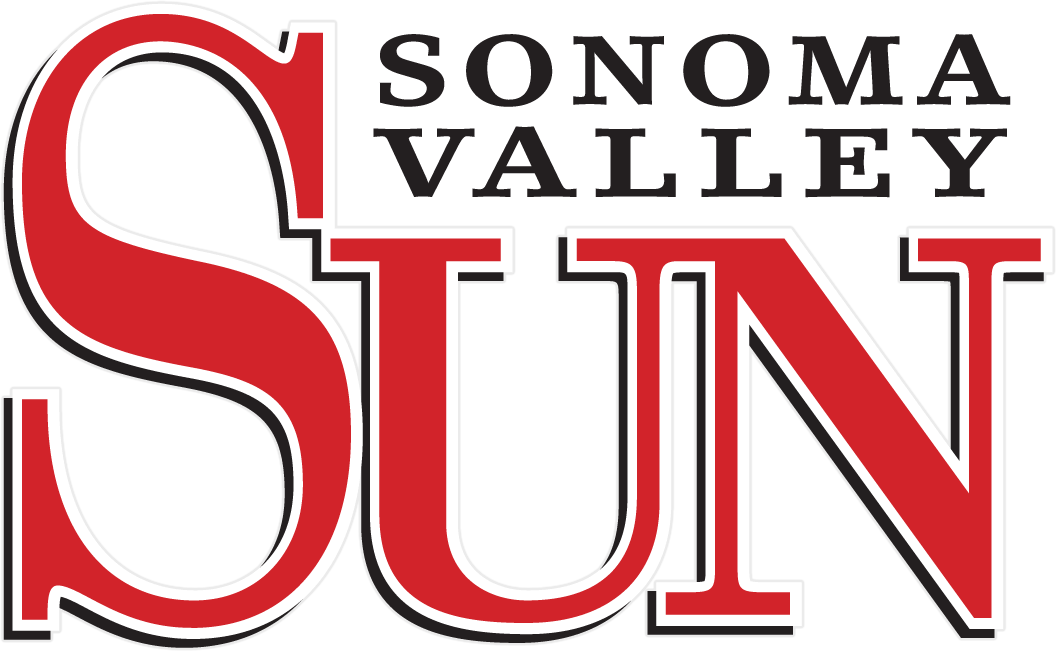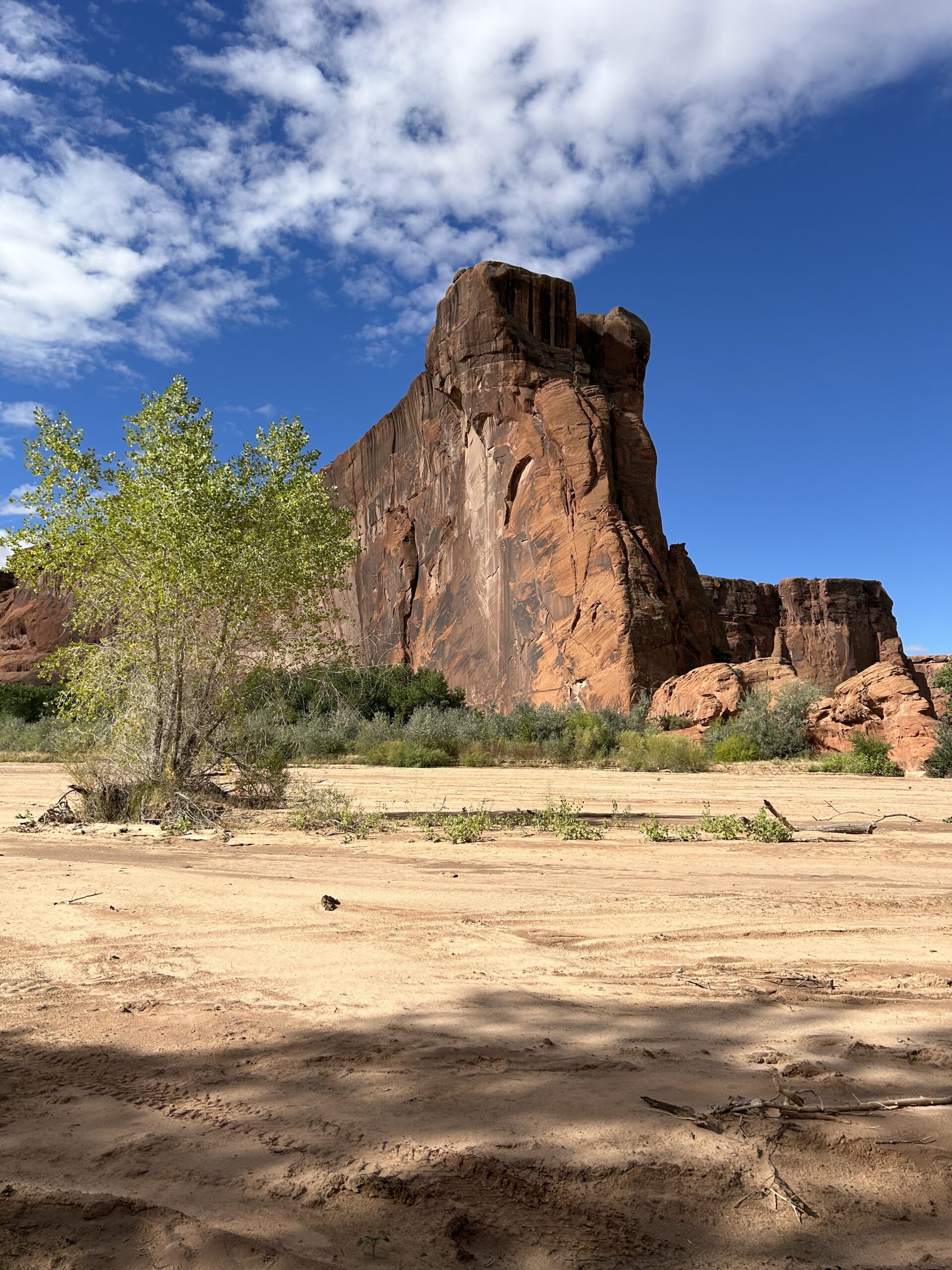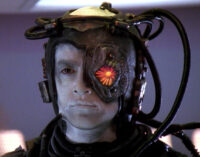Without doubt, the state of Arizona features some of the most spectacular landscapes in America, mind-boggling sandstone canyons sculpted by millions of years of wind and water and vast moonscape-like deserts which challenge life entirely. My wife and I are currently traversing such areas, and are holding up at the moment in the town of Chinle, adjacent to the magnificent Canyon de Chelly (pronounced de Chay).
As incredible as the canyon is, the town of Chinle is just the opposite. Home to several barbed wire juvenile detention centers, Chinle basically consists of one wide avenue dotted with commercial uses; a laundromat, a cell-phone store, a few restaurants, hotel chains, and fast-food joints. A smattering of plain houses dot side streets. The entire town and valley are within the Navajo reservation.
The mix of locals and tourists has not resulted in gentrification. The town of Chinle clearly suffers from poverty and deprivation, despite the influx of tourists to the canyon. The Canyon de Chelly restricts visitors; all must register and be accompanied by a authorized Navajo guide at all times. The valley floor is a sandy space that’s a muddy river for a portion of each year; a four-wheel drive vehicle is the only way to traverse it.
When it comes to finding food in town, any type of vehicle will do, but the choices are few. More significantly, the town of Chinle is a food desert. The local Navajo as well as tourists are limited to American-style burgers, fried chicken, French fries, pizza, mashed potatoes, coleslaw, etc., or Navajo-style fried bread and beans. In short, the diet here is calorie rich and nutrient poor.
Our conversation with one young Navajo man we spoke with for a while quickly turned to food, where he eats and what. The where was simple; he lives here and eats what’s available. The what was equally simple; he eats Burger King burgers and loves Navajo fried bread, which is basically bread dough cooked in hot shortening. As for his health, he conceded that he’s put weight on and taken some off, but more significantly, mentioned that both his parents were diabetic.
Diabetes is one of America’s biggest health problems. It’s a terrible, often silent disease that slowly destroys organs and is a leading cause of blindness, kidney failure and amputation. His mother, who had recently died, was confined to a wheelchair chair due to leg and foot problems caused by diabetes. Sadly, he was poorly informed about the connection between diet, body weight, and diabetes and is a likely candidate to develop it alongside many others in his Navajo community. In a food desert it’s not like there’s any other outcome.
For dinner last night we bought fried chicken from Church’s, a national fast food chain. The others on line were all Navajo, as were those behind the counter. It wasn’t fast, nor at $35 for two was it cheap. Nutrition-wise, one portion was 1,600 calories (including a biscuit) because of the high fat content, about what I eat in an entire day.
We have fast food in Sonoma, but it’s not the only choice. Fruits and vegetables fill supermarkets and are available at Farmer’s Markets; local restaurants offer healthy choices. Our small kitchen garden, not an option in Chinle’s harsh climate, provides fresh greens, tomatoes, peppers, and more throughout the year. This food desert helped us appreciate what we enjoy in Sonoma all the more.






Be First to Comment